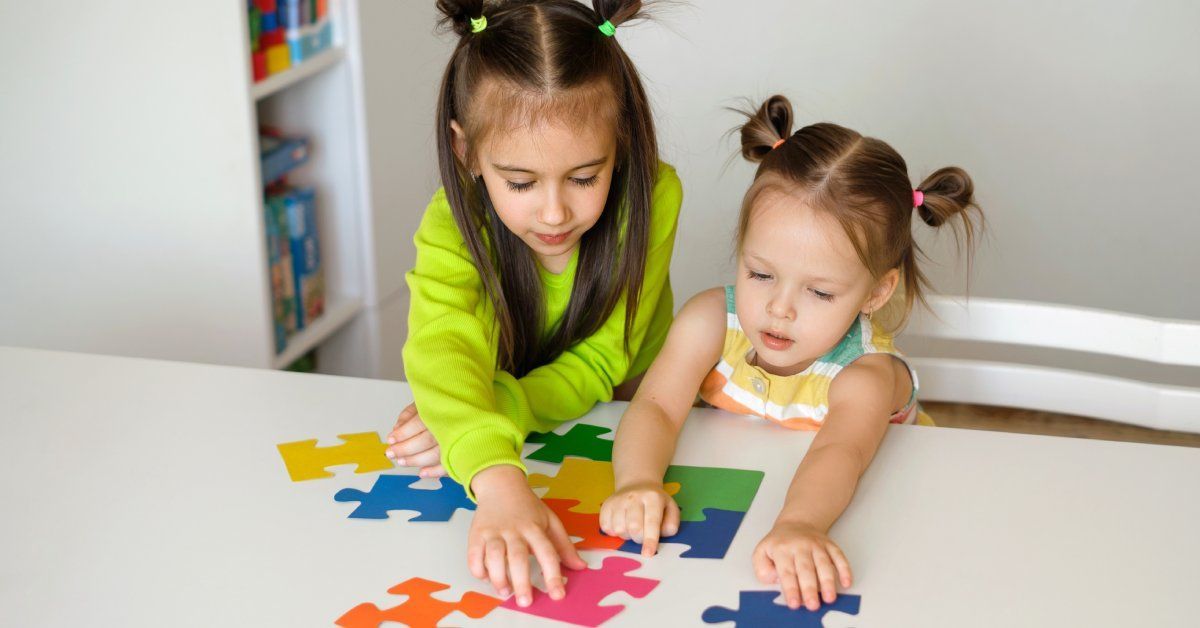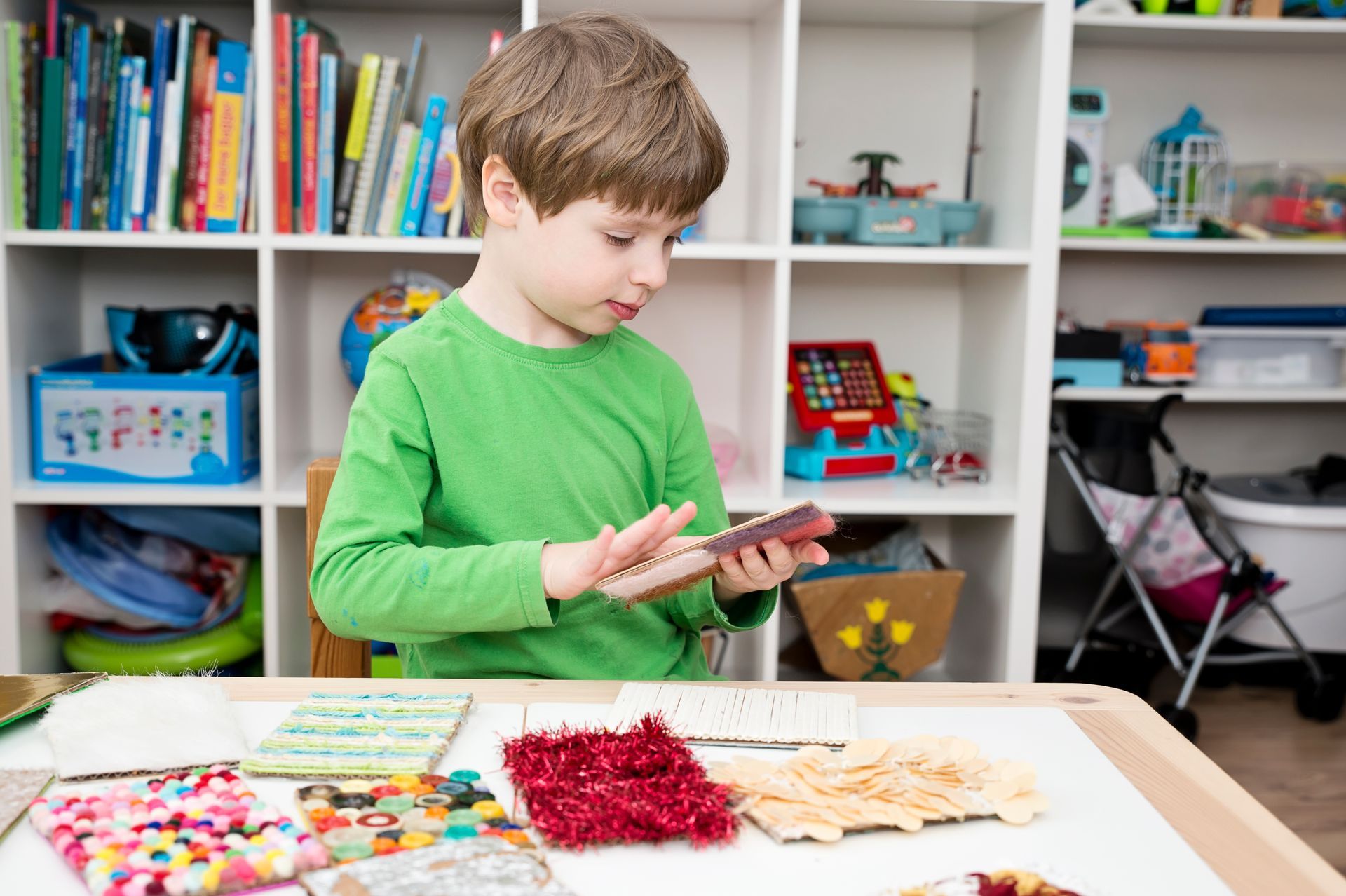How Is Autism Diagnosed in Children? What You Need To Know
Parents and educators alike often ask how autism is diagnosed in children and what they need to know . After all, an autism diagnosis can feel overwhelming but is an essential step in understanding and supporting a child’s unique needs.
This guide outlines the diagnostic process, highlights early signs to look for, and explains the value of early intervention. By understanding these elements, families and caregivers can feel confident in navigating this important part of their child’s life.
Understanding Autism Spectrum Disorder (ASD)
ASD is a developmental condition that affects how individuals communicate, interact, and process the world around them. While every child experiences autism differently, there are some common traits. These may include challenges with social interactions, variations in communication styles, and repetitive behaviors.
Remember, autism exists on a spectrum, meaning each child’s signs and behaviors can vary widely. One child may have delayed speech but do well with nonverbal cues. Another might have advanced verbal skills yet struggle with transitions or sensory sensitivities. Understanding this diversity is key to offering informed care and support.
Why Early Diagnosis Matters
Identifying autism early can make an incredible difference in a child’s development. Early diagnosis opens the door to targeted interventions, often during critical periods of development. Therapies such as applied behavior analysis (ABA) can foster skill-building and provide tools to support daily activities. Families who gain an early understanding of their child’s needs are often better equipped with knowledge and resources. A diagnosis empowers parents and caregivers to become advocates for their child while accessing vital support that improves quality of life.
Recognizing Early Signs of Autism in Children

When considering how autism is diagnosed in children and what you need to know , understanding developmental milestones is a must. Young children typically show progress in key areas such as communication, social interaction, and play. For some, however, milestones may be delayed or absent. A baby who avoids eye contact or a toddler who doesn’t respond to their name could indicate a need for evaluation.
Similarly, repetitive movements, like hand flapping or arranging toys in strict patterns, may also be signs worth noting. It’s essential to trust parental instincts when something feels amiss and seek professional guidance when concerns arise. A pediatrician or early childhood provider is a great starting point for raising these observations.
The Autism Diagnosis Process
Diagnosing autism involves multiple steps, each designed to understand a child’s development, behaviors, and individual needs. Here’s what families can expect along the way:
Step 1: Developmental Screening
Pediatricians usually begin the process with a developmental screening during regular checkups. These screenings include simple questions or activities that check whether a child is meeting age-appropriate milestones. When these screenings identify possible developmental differences, they signal the need for further evaluation. Bear in mind that screenings are not a diagnosis on their own but a helpful first step in getting answers.
Step 2: Comprehensive Diagnostic Evaluation
If screening results suggest the need for a more in-depth assessment, families move on to a comprehensive diagnostic evaluation. This stage involves professionals such as developmental pediatricians, child psychologists, or pediatric neurologists. The evaluation includes direct observations of the child, caregiver interviews, and standardized tools like the Autism Diagnostic Observation Schedule (ADOS-2). These methods build a full picture of how the child communicates, interacts, and processes the world.
Parents often have questions and concerns during this process. Open, honest conversations with the diagnostic team can reduce anxiety and provide much-needed clarity. A collaborative approach ensures the family understands the results and feels supported in planning what comes next.
Step 3: Working With an Autism Specialist

An autism diagnosis marks the beginning of a pathway for support. Professionals are equipped to interpret the evaluation, explain the diagnosis, and outline practical strategies tailored to the child’s unique profile. This stage often involves identifying which interventions are most suitable, such as ABA therapy, speech therapy, or occupational therapy. Individualized care plans are developed to focus on areas such as social skills, communication, and daily living activities.
For families in the region, North Carolina autism services include programs specifically designed to assist with navigating insurance, obtaining referrals, and accessing care. The HANDS Center for Autism focuses on removing barriers so families can get the help they need without undue delays. By simplifying the process, these services allow families to devote their energy to what matters most: helping their children thrive.
How To Talk to Your Child (and Others) About the Diagnosis
When your child receives an autism diagnosis, open communication becomes essential. Talk to your child in a clear, age-appropriate language. Focus on their strengths and let them know that they’re loved and supported. For example, say, “Your brain works in a unique way, and that’s part of what makes you amazing.”
Speak honestly with siblings and extended family. Explain that autism affects how someone communicates or interacts and emphasize that it doesn’t change who your child is. Speaking like this helps others offer patience, understanding, and support.
Inform teachers, caregivers, and close friends about the diagnosis as well. Share practical tips that will help your child succeed in different environments. When others understand your child’s needs, they should respond with greater compassion.
You don’t need to have all the answers. Simply being open, calm, and supportive creates a safe space for questions and connection. These conversations lay the foundation for empathy and help everyone move forward together.
Supporting Families Every Step of the Way
The journey of diagnosing autism in children is often accompanied by questions and emotions. Families do not need to face this process alone. Whether you’re in the early stages of exploring developmental concerns or seeking programs to support your child post-diagnosis, early action paves the way for meaningful progress. Compassionate care, expert guidance, and evidence-based practices like ABA therapy empower families to help their children reach their fullest potential.
If you’re ready to take your first steps or are looking to connect with a team of specialists who are deeply committed to supporting children and families, the HANDS Center for Autism is here to help. Let us simplify the path forward by providing the best care for your child.






